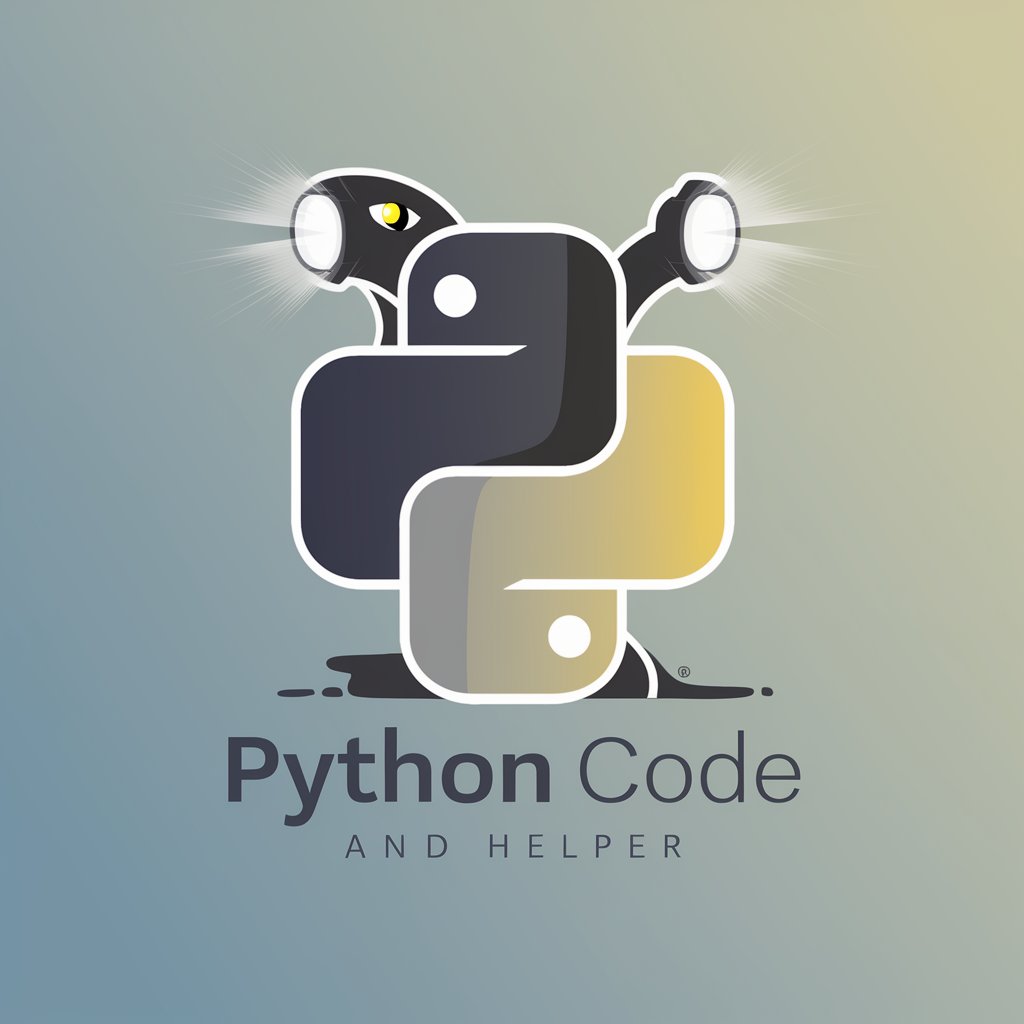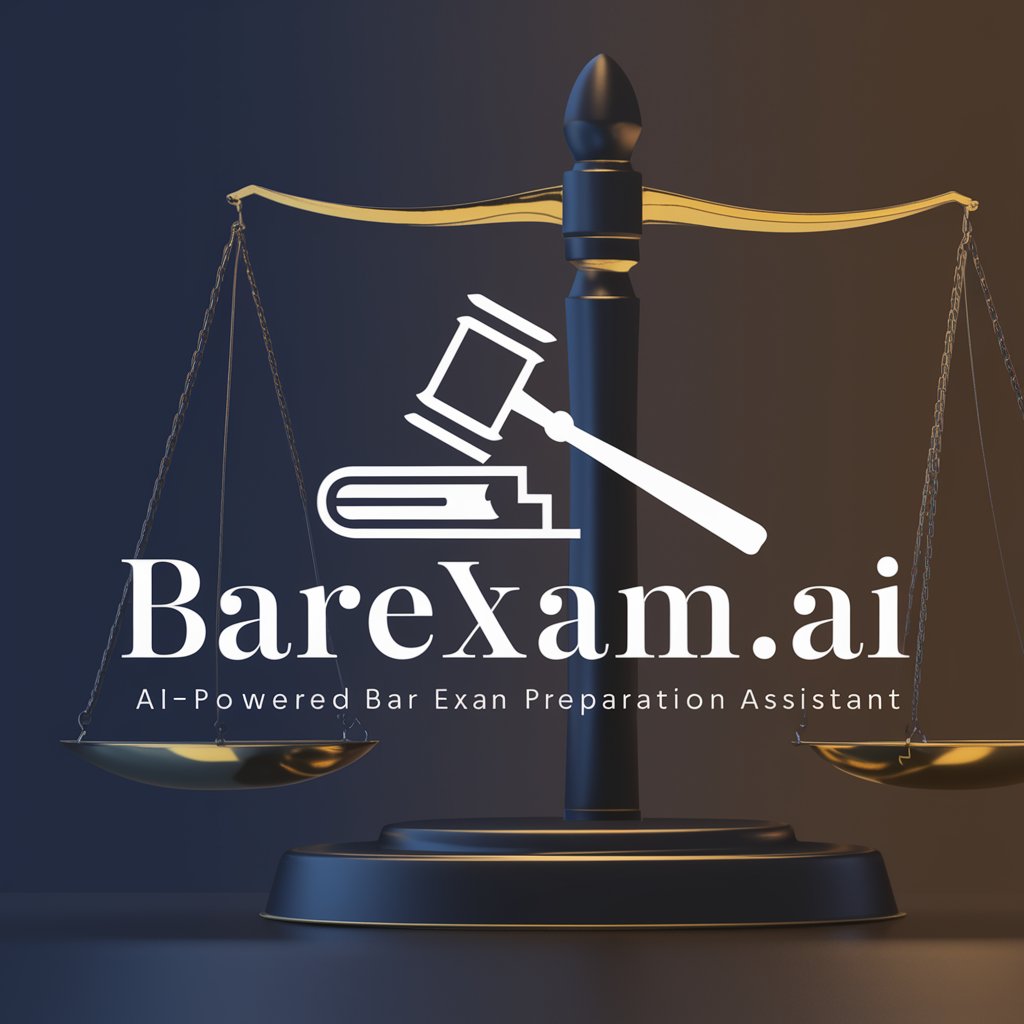
Python Code Helper - Python Programming Aid

Hello! I'm here to help you with Python programming.
Empowering Your Code with AI
How do I...
Can you show me an example of...
What is the best way to...
Could you help me understand...
Get Embed Code
Introduction to Python Code Helper
Python Code Helper is designed as a specialized assistant for Python programming. Its primary purpose is to provide targeted support in the form of Python code snippets, solutions, and explanations. It is built to cater to a wide range of programming needs, from solving simple syntax queries to offering guidance on complex algorithm implementations. For instance, if a user is struggling with file I/O operations in Python, Python Code Helper can not only supply a code snippet demonstrating how to read from or write to a file but also explain the underlying concepts, such as context managers and the importance of properly closing files. Another scenario could involve a user seeking to understand more about data structures in Python, where Python Code Helper could provide examples of lists, dictionaries, sets, and their typical use cases, along with efficiency considerations. Powered by ChatGPT-4o。

Main Functions of Python Code Helper
Providing Code Snippets
Example
User asks how to sort a list of tuples based on the second element. Python Code Helper responds with a snippet: `sorted_tuples = sorted(list_of_tuples, key=lambda x: x[1])`, and explains how the `sorted` function and `lambda` function work together to achieve the desired sorting.
Scenario
This function is particularly useful in situations where users are looking to implement specific functionality but are unsure of the syntax or the most efficient way to do so in Python.
Explaining Concepts
Example
When a user inquires about object-oriented programming in Python, Python Code Helper provides an overview of classes and objects, complete with a simple class definition and instantiation example. It further explains concepts like inheritance, encapsulation, and polymorphism with relevant code examples.
Scenario
Ideal for users who are either new to programming concepts and looking to learn, or experienced programmers coming from a different programming language background and seeking to understand Python's approach to these concepts.
Offering Best Practices
Example
A user asks about writing more Pythonic code. Python Code Helper suggests using list comprehensions instead of loops for simple list transformations, with an example to illustrate the difference. It also advises on the effective use of Python's standard library modules like `itertools` and `functools` for cleaner, more efficient code.
Scenario
Useful for intermediate to advanced Python users aiming to refine their coding style, improve code efficiency, and adopt practices that are considered idiomatic in the Python community.
Ideal Users of Python Code Helper Services
Beginner Programmers
Individuals new to programming or Python can greatly benefit from Python Code Helper's straightforward explanations and code examples, making it easier to grasp basic concepts and syntax, which are essential for building a strong foundation.
Intermediate Developers
Those with some programming experience, looking to deepen their understanding of Python or explore specific areas like web development with Flask/Django, data analysis with Pandas, or machine learning with libraries like scikit-learn, will find the targeted code snippets and best practices invaluable.
Experienced Programmers from Other Languages
Programmers proficient in languages other than Python can use Python Code Helper to quickly get up to speed with Pythonic ways of coding, understanding idiomatic Python, and learning how to effectively use Python's extensive standard library and third-party packages.

How to Use Python Code Helper
Start with a Free Trial
Begin by visiting yeschat.ai to access a free trial of Python Code Helper without the need for login or a ChatGPT Plus subscription.
Identify Your Need
Clearly define your programming challenge or the specific task you need assistance with. This could range from debugging to learning new Python features.
Ask Precisely
Formulate your question or request for code in a clear and precise manner. Include any relevant context or constraints to ensure the response is tailored to your needs.
Review the Solution
Analyze the provided Python code snippet or solution. Test it within your development environment to ensure it meets your requirements.
Iterate for Perfection
If the initial solution doesn't perfectly fit your needs, refine your question or provide feedback for adjustments. Python Code Helper is designed to support iterative improvement.
Try other advanced and practical GPTs
Copywrite
Empowering Your Words with AI

BarPrepGPT
Empowering law students with AI-driven exam preparation.

Guide de la spiritualité
Empowering Your Spiritual Journey with AI

Mestre do Bloco
Enhance your Minecraft gameplay with AI-powered expertise.

SEO Briefing Builder
AI-Powered SEO Briefings at Your Fingertips

Kingston The Yorkie Companion
Your AI-powered pet care companion.

Citas Célebres
Enrich Your Texts with AI-Powered Quotes

mySuper Parent Ally
Empowering Single Parents with AI-driven Support

English Buddy
Empowering Young Minds with AI

Circles Erratica meaning?
Empowering creativity with AI

See You
Empathetic AI, Listening Intently

Blueprint Protocol
Empowering innovation with AI
Frequently Asked Questions About Python Code Helper
Can Python Code Helper assist with debugging?
Yes, Python Code Helper is equipped to offer assistance with debugging. Provide the error message or describe the bug, and you'll receive code suggestions and explanations to resolve the issue.
Is Python Code Helper suitable for beginners?
Absolutely. Python Code Helper is designed to be accessible to learners at all levels, offering clear code examples and explanations to help beginners grasp programming concepts and Python syntax.
Can I get help with data science projects?
Yes, Python Code Helper can provide support for data science projects, including help with libraries like Pandas, NumPy, and Matplotlib, as well as machine learning algorithms and data visualization techniques.
Does Python Code Helper offer advice on best practices?
Indeed, it does. Beyond solving immediate coding problems, Python Code Helper aims to educate on Pythonic best practices, code efficiency, and maintainability to enhance your programming skills.
How does Python Code Helper stay up-to-date?
Python Code Helper continuously integrates the latest Python developments and standards into its knowledge base, ensuring users receive modern and efficient coding solutions.